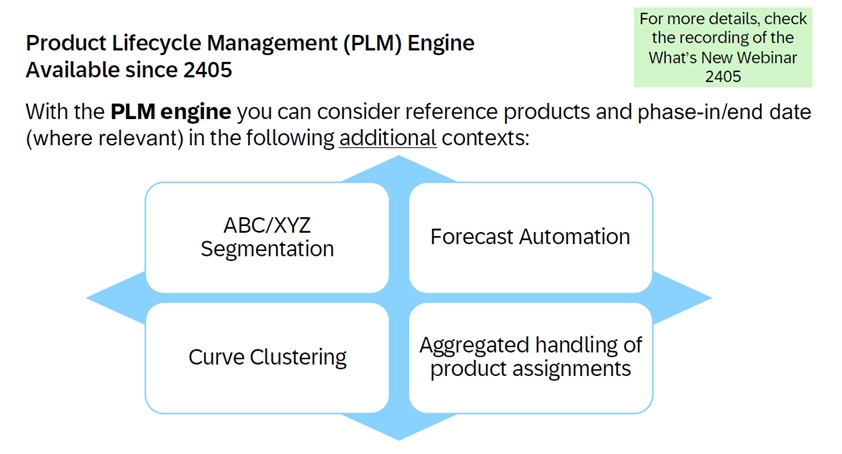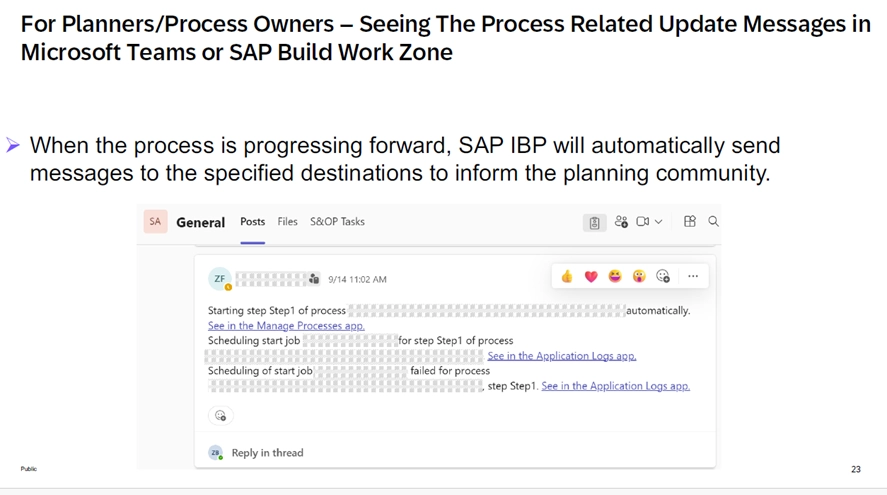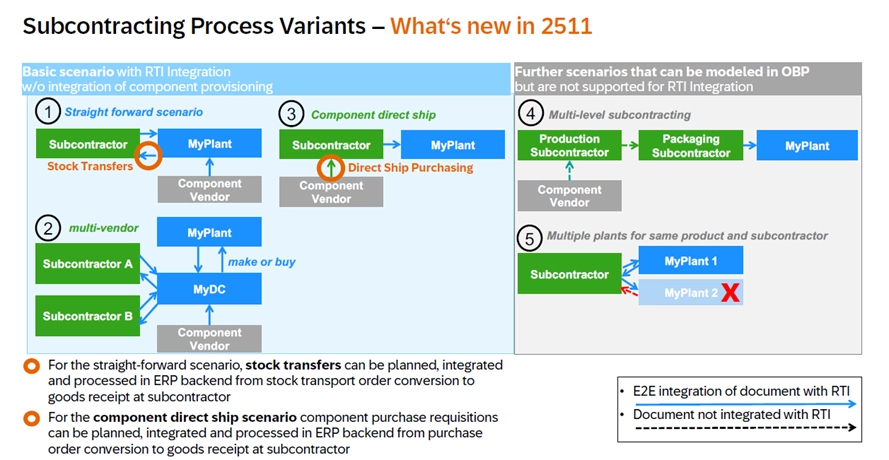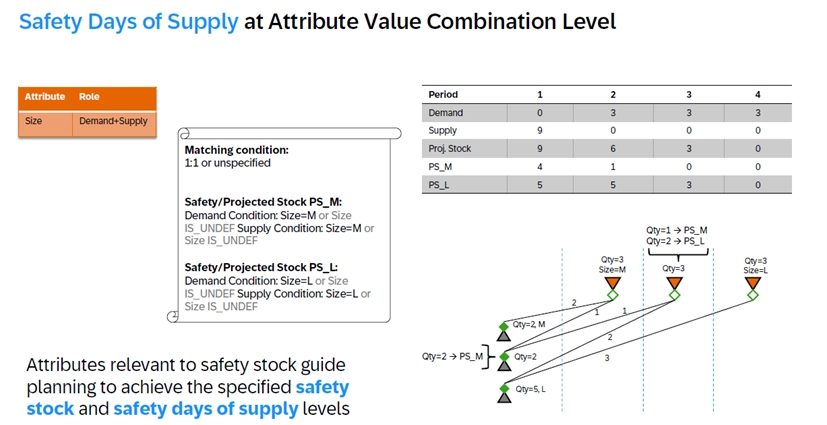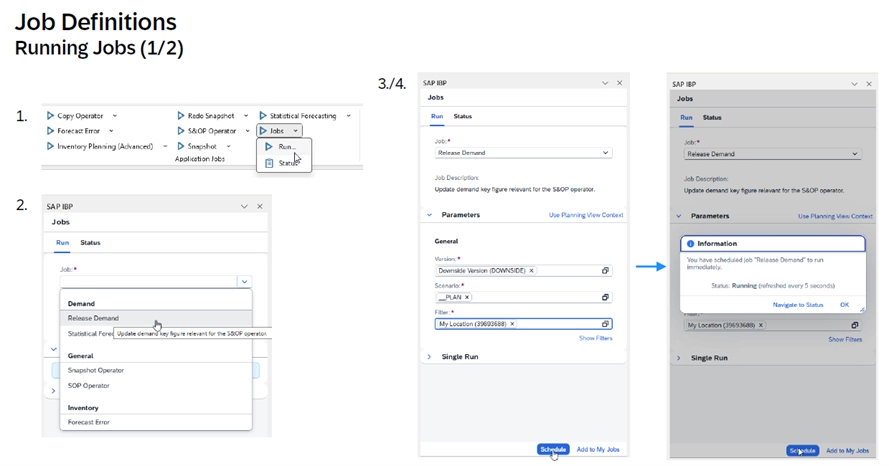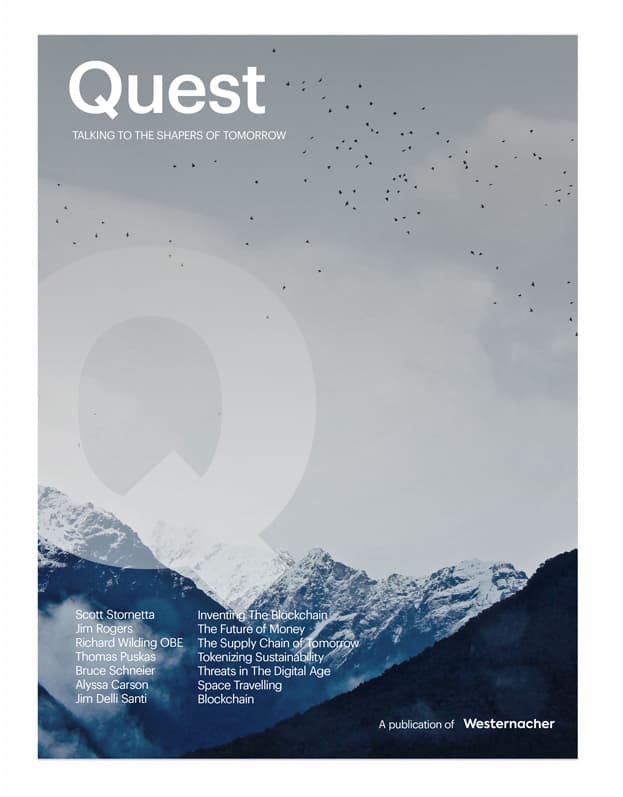Share this article
Follow us on Linkedin
In the rapidly evolving world of supply chain planning, timely access to new capabilities can make all the difference. With the release of SAP IBP 2511, organizations gain fresh tools to drive smarter, faster and more integrated planning across functions. Here are the Top 5 highlights you should keep on your radar.
1. PLM Engine becomes the default.
Starting with SAP IBP 2511, the PLM Engine is now enabled by default across all planning areas. This eliminates the need for manual activation and ensures that all users benefit from enhanced product lifecycle modeling capabilities. The PLM Engine supports reference product modeling, phase-in/phase-out curves, and curve clustering, which are critical for accurately forecasting new product introductions and end-of-life planning. It also integrates seamlessly with ABC/XYZ segmentation and forecast automation, allowing planners to simulate lifecycle impacts on demand and supply plans more effectively.
2. S&OP process integrated with Microsoft Teams.
SAP IBP 2511 introduces native integration between S&OP process management and Microsoft Teams (as well as SAP Build Work Zone). Process owners can now configure automated notifications for each process step, sending updates directly to designated Teams channels or Work Zone workspaces. This ensures that all stakeholders—regardless of location—are instantly informed of process progress, task assignments, or exceptions. The integration supports Entra ID authentication, token-based consent, and template-level configuration, making it both secure and scalable for large enterprises.
3. Subcontracting enhancements in order-based planning.
Subcontracting in IBP 2511 has been significantly enhanced for order-based planning within the I_SAPIBP2 planning area. Key new capabilities include:
- Component provisioning via direct shipment from third-party vendors to subcontractors
- Stock transfer requisitions from ordering plants to subcontractor locations
- Purchase requisitions with supply attributes, such as remaining shelf life or supplier-specific constraints
- Real-time integration with SAP S/4HANA for purchase orders, goods receipts, and MRP area tracking
4. CBP safety stock at attribute value combination level.
Characteristic-Based Planning (CBP) now supports safety stock and safety days of supply at the Attribute Value Combination (AVC) level. This means planners can define size-specific, color-specific, or market-specific safety stock targets. The system ensures 1:1 matching between demand and supply attributes, preventing overstocking or understocking for niche segments. This is particularly useful for fashion, consumer electronics, or automotive industries where product variants are numerous and demand patterns are highly fragmented.
- Create Formulas with AI: Instead of writing complex expressions, planners can type their intent. For example, typing “calculate the difference between sales forecast and actuals” will automatically generate the correct formula.
- Conditional Formatting with AI: Visualize critical issues instantly by describing them. A command like “highlight all products where inventory is below safety stock” applies the formatting rule across the entire dataset immediately.
5. Job definitions now available in excel add-in.
With IBP 2511, Job Definitions are now accessible directly from the Excel Add-In. Planners can:
- Run statistical forecasting, snapshot, S&OP operator, and inventory planning jobs
- Use “Planning View Context” to auto-fill version, scenario, and filter parameters
- Save frequently used jobs to “My Jobs” for one-click execution
- Monitor job status in real-time with auto-refresh and error log access
- Forecast Analysis via GenAI: while viewing a product/location/time combination you can open the forecast details and ask the system to explain what the statistical forecast did (trend detection, outliers, drivers), it also provides a summary explaining why a specific algorithm was chosen as the best fit and offers recommendations to potentially improve forecast accuracy.
These five updates don’t just add features — they open pathways to tighter collaboration, improved analytics and more agile operations. As you explore SAP IBP 2511, the key question becomes: how will you apply these enhancements to drive tangible business outcomes?
P.S. Please check the detailed description per change in What’s New Viewer .
